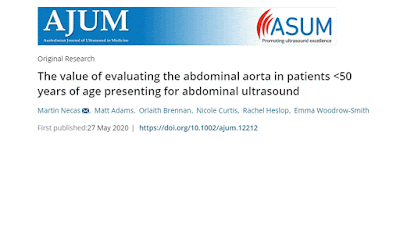By Theresa Pablos, AuntMinnie staff writer
June 3, 2020 -- A hospital in São Paulo used a portable ultrasound machine to perform autopsies on 10 patients with fatal cases of COVID-19. The authors described the modality's benefits for studying the effects of the disease caused by the novel coronavirus in a paper published on May 22 in Histopathology.
Using a technique called ultrasound-based minimally invasive autopsies (MIA-US), an ultrasound examiner and technologist took tissue samples from the most affected parts of each patient's organs. The findings confirmed that COVID-19 affects multiple organs and tissues, including the kidneys, spleen, lymph nodes, brain, testicles, and skin.
The ultrasound team also wore head-to-toe personal protective equipment, including two aprons, rubber boots, plastic sleeves, three glove layers, a rubber cap, an N95 mask, a surgical mask, and eye protection.
During the autopsies, the examiner and technologist used a portable ultrasound machine with multifrequency broadband transduces and standard image quality. They scanned patients' organs to identify the most-affected locations, then cut 10-cm openings at the appropriate locations to take ultrasound-guided tissue samples from the lung, liver, kidneys, spleen, and heart. They also took unguided samples from the quadriceps, skin, and brain.
The samples revealed significant lung findings, including exudative and/or proliferative diffuse alveolar damage. The authors also found severe alveolar epithelial changes, which they described as more intense and prevalent than findings for other respiratory viruses.
Many but not all findings outside of the lungs could be attributed to the comorbidities of the patients or to septic shock, the authors noted. For instance, eight patients had fibrinous thrombi in alveolar arterioles and a high density of alveolar megakaryocytes, which the authors believed could be evidence of a hypercoagulative state in severely ill patients. The researchers also found cases with superficial perivascular dermatitis, myositis, orchitis, and myocarditis.
